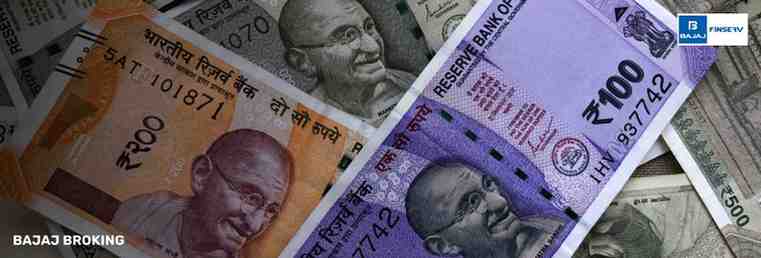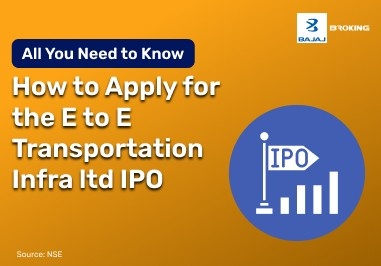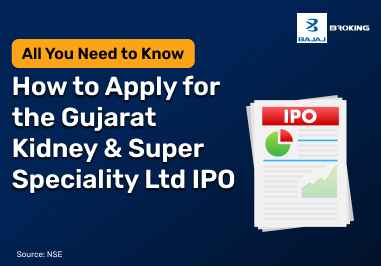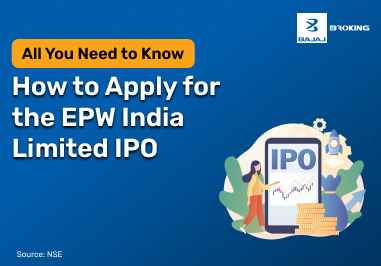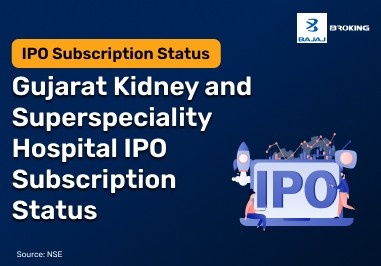The Dhanalakshmi Scheme is an initiative introduced by the Government of India to promote the welfare and empowerment of girls. Launched in 2008 by the Ministry of Women and Child Development, the scheme was designed as a conditional cash transfer programme aimed at encouraging families to value the birth of a girl child, ensure her education, and prevent child marriage. The scheme linked monetary benefits to fulfilling key milestones in a girl child’s life, particularly related to health, education, and the legal age of marriage.
Although the Dhanalakshmi Scheme is no longer active as a centrally sponsored programme, it remains a valuable model for states and welfare departments focusing on gender equity and female empowerment. Understanding the framework, eligibility conditions, and documentation of the scheme can provide valuable insights into similar welfare schemes.
Dhanalakshmi Scheme Eligibility
The Dhanalakshmi Scheme was designed to benefit girl children across India, with specific eligibility criteria in place to ensure that the intended population was effectively targeted. These included:
Eligibility Criteria
Gender: Only girl children were eligible beneficiaries under the scheme.
Age Group: Girls from birth up to 18 years of age are qualified for various benefits at different life stages.
Residency: The scheme was open to Indian citizens residing in pilot districts where it was implemented.
Birth Registration: The birth of the girl child must have been registered within one year to qualify for the birth-related grant.
Immunisation: The girl must have received all vaccinations under the Universal Immunisation Programme.
Education: Continued enrolment and attendance in school were essential to receive education-linked incentives.
Marriage Status: Financial benefits linked to reaching adulthood were only granted if the girl remained unmarried till the age of 18.
This approach aimed to reward families who took proactive steps towards the long-term development and welfare of their daughters.
Benefits of the Scheme
The Dhanalakshmi Scheme used conditional cash transfers (CCTs) to incentivise families for fulfilling pre-defined milestones in the girl child's life. The benefits were structured as follows:
Monetary Incentives
Condition Achieved
| Cash Benefit (₹)
| Disbursement Condition
|
Birth Registration
| ₹1,000
| Upon registering the birth within one year
|
Immunisation (6 doses)
| ₹200 per dose
| Paid after each vaccine dose under Universal Immunisation
|
Enrolment in school (Class 1 to Class 8)
| ₹500–₹1,000
| Disbursed annually upon school enrolment and attendance
|
Completion of Class 8
| ₹1,500
| One-time benefit
|
Completion of Class 10
| ₹2,000
| One-time benefit
|
Completion of Class 12
| ₹3,000
| One-time benefit
|
Girl remains unmarried till 18 years of age
| ₹5,000
| Paid at 18 years if girl remains unmarried
|
Other Benefits
Encouraged timely immunisation and school enrolment.
Discouraged early marriage by linking benefits to the age of marriage.
Promoted the registration of girl births and their visibility in public records.
Strengthened the importance of girl child education and healthcare.
These incentives were designed to support long-term behavioural change towards gender equality in both rural and urban settings.
Dhanalakshmi Scheme Online Registration
Although the Dhanalakshmi Scheme was implemented primarily through government outreach and local administration during its operational period, a move towards digital access has become standard practice for newer welfare schemes. While the original scheme did not offer full-fledged online registration, understanding the general registration process for similar schemes remains relevant.
Registration Process for Government Schemes (General Steps)
Visit the Official Portal: Eligible users should begin by visiting the government portal or state-run e-governance website offering the scheme.
Create a Login ID: Many schemes require Aadhaar-linked registration and login credentials.
Fill the Application Form: Complete the digital form with details of the child and parents, including Aadhaar, birth certificate, educational qualifications, and address.
Upload Documents: Submit scanned copies of required documents (see next section).
Submit the Application: Review and submit the application. A reference number or acknowledgement slip is usually generated.
Verification Process: The application goes through a verification process by designated officers before approval and benefit disbursal.
Please note that for state-level initiatives inspired by Dhanalakshmi, processes may vary across states. It is advised to consult official portals or specific state government sites.
Documents Required for Dhanalakshmi Scheme
To apply under the Dhanalakshmi Scheme or similar programmes, families must produce supporting documents to verify eligibility. Below is a list of commonly required documents:
List of Documents
Birth Certificate of the girl child (mandatory for birth incentive).
Aadhaar Card of the child and parents or guardians.
Immunisation Records from a certified government health facility.
School Enrolment Certificate or bonafide certificate.
School Progress Report or mark sheet (for education-linked benefits).
Income Certificate of parents (if scheme is income-based).
Domicile Certificate to establish state/district residency.
Bank Account Details (preferably a joint account with the mother).
Affidavit confirming the girl remains unmarried until 18 (for the final grant).
All documents must be valid and attested as required. For physical submission, originals may need to be produced for verification.
Conclusion
The Dhanalakshmi Scheme was a significant policy step towards empowering the girl child in India by combining financial incentives with educational and health milestones. By addressing multiple aspects of discrimination—from birth to education and child marriage, the scheme aimed to encourage a cultural shift in how families and communities perceive the girl child.
Although it was a pilot programme and is no longer active at the national level, its model has inspired several state-led and centrally sponsored schemes such as Beti Bachao Beti Padhao and Sukanya Samriddhi Yojana. Understanding the objectives, benefits, and eligibility conditions of such schemes enables citizens to access available support and ensures greater awareness about gender-focused welfare programmes.
For the most accurate and updated information, individuals should always refer to official government websites and trusted financial news sources such as the Ministry of Women and Child Development, Economic Times, and Financial Express.
Explore More Government Schemes-
Post Office Saving Schemes
Pradhan Mantri Jan Dhan Yojana
Pradhan Mantri Kisan Samman Nidhi
How Indian Women Can Benefit from Government Schemes
List of Government Schemes for Students
